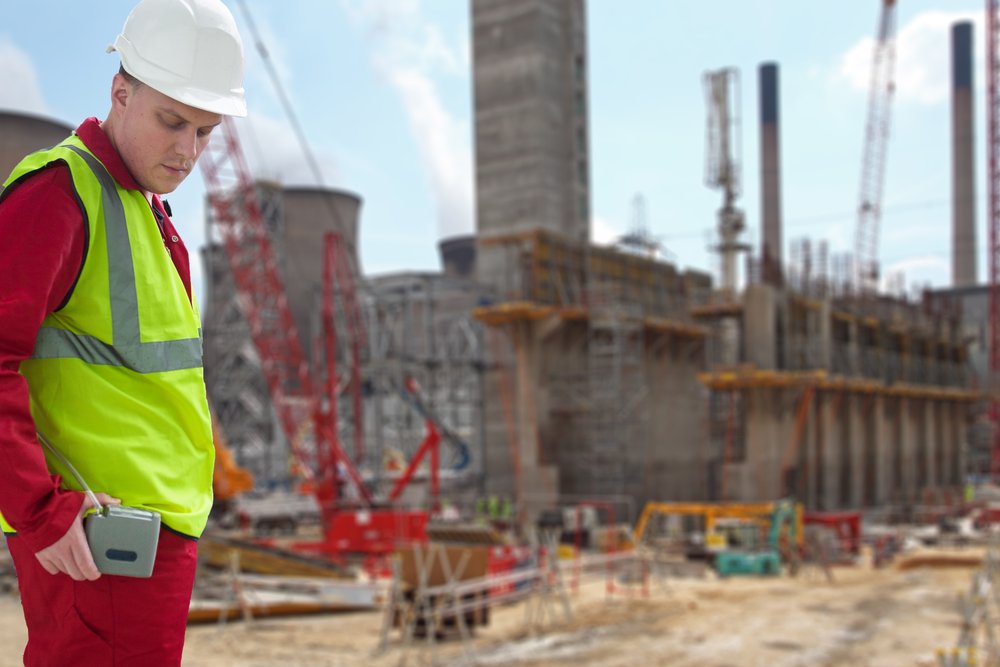By Justin Stewart
Air sampling pumps are regularly used in monitoring activity, but there are still a number of do’s and don’ts that act as worthy reminders for effective monitoring. There is lots of guidance on using pumps. Here we consider some of these do’s and don’ts as well as some lesser known issues.
The Do's
Safety. Many pumps come intrinsically safe (IS) rated as standard, but it is worth double checking that your pump’s IS rating is still appropriate for your facility to avoid any safety issues.
The design. The size, weight, and convenience of the pump are very important elements of its design. It should allow freedom of movement and be unobtrusive, robust, and not prone to leakage. There is anecdotal evidence from the pharmaceutical industry where some workers find the burden of a one-pound pump to be too much. If sampling for vapors and gases, do consider a smaller, lightweight low-flow pump (0.05–1 L), which is likely to be more acceptable than a medium-flow pump (1–5 L) equipped with a low-flow adaptor.
When using a sorbent tube, managers need to check that the smaller (backup) section is nearer to the pump and that it is positioned vertically to prevent premature breakthrough. Most low-flow pumps can handle the pressure drops of available sorbent tubes without problems, except that the nominal flow rate may decrease for certain models.
Calibration. All pumps should have the flow adjusted with representative sampling media prior to use, and it is good practice to check the pump calibration before and after use each day. Monitoring equipment must be calibrated in accordance with the ISO quality standards, and regular maintenance will maximize the life of your equipment and help you avoid unplanned repair costs.
The Top Do's and Don'ts
Tackling Air Sampling
TOC

SPONSORED BY

The Don’ts
Safety standards. Don’t forget to check that your pump meets the latest standard—i.e., ISO 13137. (An independent market report from the French National Research and Safety Institute for the Prevention of Occupational Accidents and Diseases, INRS, is expected later this year.) Failure to adhere to standards will put employees in the line of fire, increasing their risk of safety fines and adding to absence costs, which affect business finance.
Pulsation. If you are using a cyclone, don’t assume that your pump has sufficiently low pulsation (the ISO standard states that pulsation shall not exceed 10 percent of the flow rate). A large pulsation value means that the particle-size cut performance of cyclones used can be affected because their performance is dependent on flow rate. Consequently, pumps that generate significant pulsation will collect smaller samples, meaning there is less data to analyze.
Pump usage. However new the air sampling pump is, health and safety managers must ensure they check that the pump has not exceeded its recommended run time between services (typically 2,000–3,000 hours).
Latest Generation of Pumps
Pumps are likely to be around for many years to come, and your current 10-year-old pump may have had two new mechanisms and three battery packs and still be as good as new. Nevertheless, the latest generation of air sampling pumps increases efficiency in monitoring activity. The latest generation of Bluetooth-enabled pumps and flow calibrators can automate the calibration process and save valuable time, increasing confidence in the calibration results that can be saved or emailed for inclusion in a report.
The latest generation of air sampling means that pulsation—once tested in a laboratory—can now be checked in the field at the same time as a normal flow rate calibration through a newly introduced airflow calibrator equipped with Bluetooth. When deployed, the pump can also be interrogated remotely from a discrete distance, meaning that the worker does not have to be disturbed and the industrial hygienist can have more confidence that they will get a valid sample and reliable data.
The do’s and don’ts of air sampling enable health and safety managers to ensure that all air sampling equipment is being used appropriately while adhering to safety standards. These simple, effective steps will keep employees protected throughout the working day by ensuring that air sampling pumps are accurately identifying hazardous amounts of fumes, dust, and gases that can increase the risk of long-term damage.
Justin Stewart is area sales manager for Casella.
Resources
Annals of Occupational Hygiene: "
Evaluation of Pump Pulsation in Respirable Size-Selective Sampling: Part II. Changes in Sampling Efficiency
" (January 2014). International Organization for Standardization:
ISO 13137:2013
, Workplace atmospheres -- Pumps for personal sampling of chemical and biological agents -- Requirements and test methods. NIOSH Manual of Analytical Methods, 5th edition.

